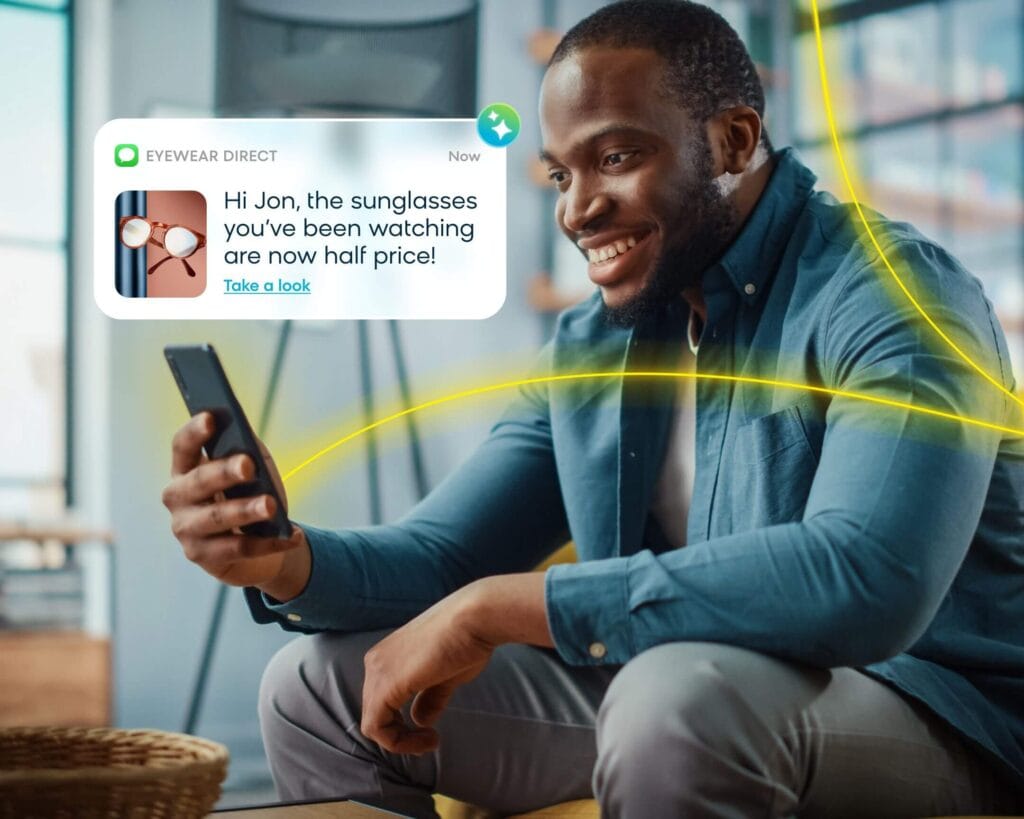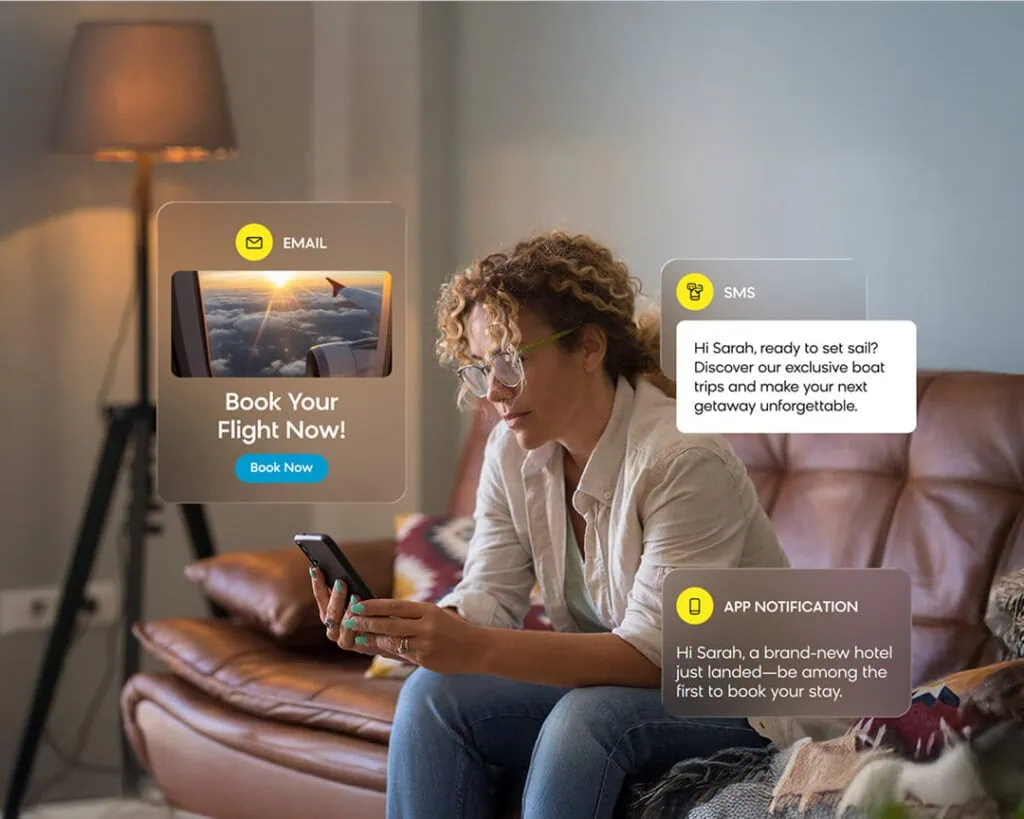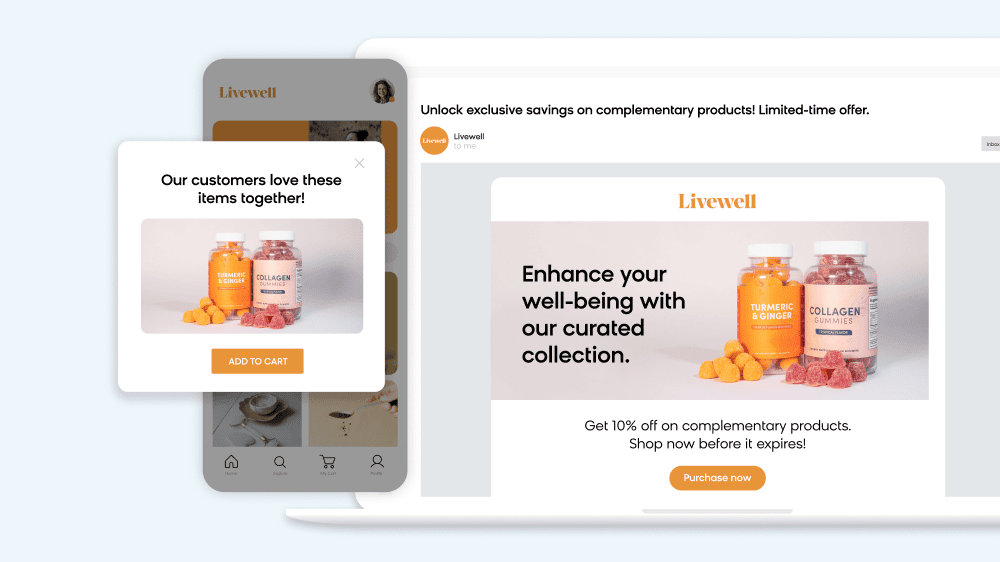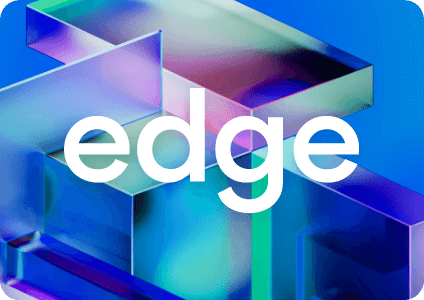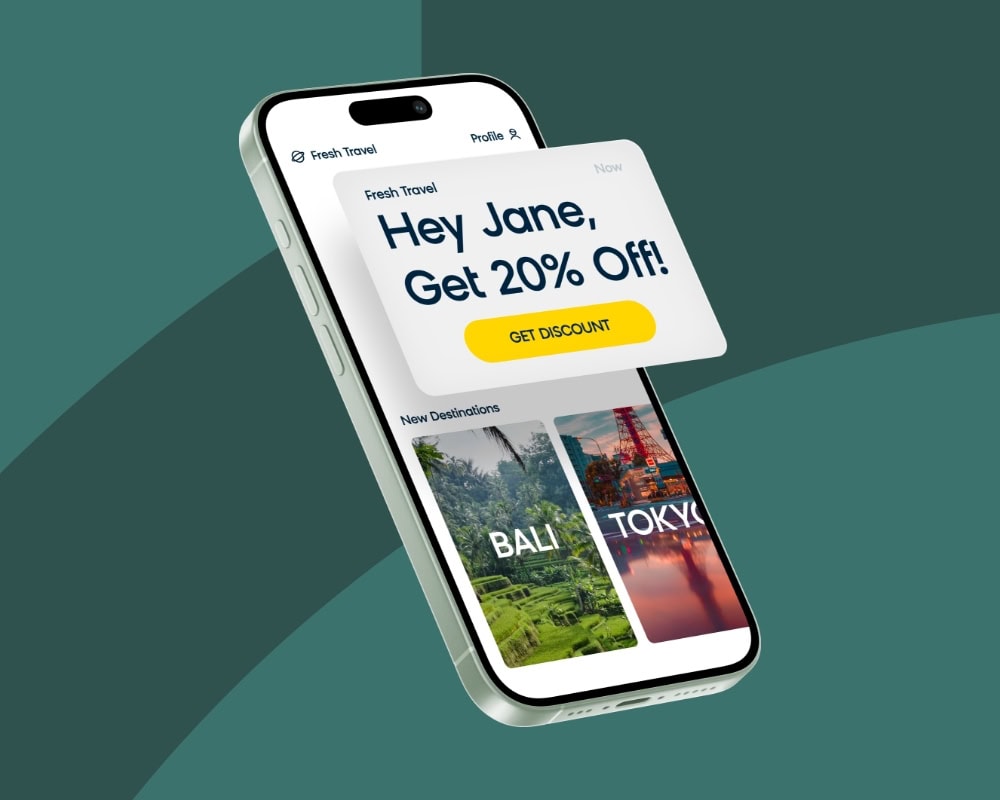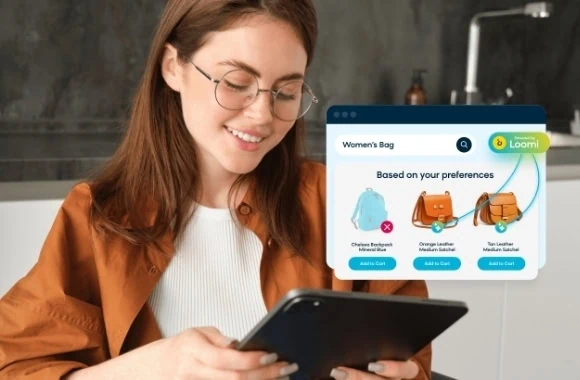At Bloomreach, we’ve long been pioneers in AI-driven marketing automation. With the latest advancements in artificial intelligence, we’re pushing the boundaries even further. We’ve already brought some of these innovations to life, but I’m excited to share what our team has been diligently working on: Bloomreach Affinity, which is built using the next generation of Loomi AI in Bloomreach Engagement.
By leveraging advanced AI capabilities, we’re reimagining how Engagement can empower marketers to fully streamline and optimize their marketing automation processes — from ideation to launch. We can now harness the power of AI to create marketing automation that achieves better conversions and clickthrough rates that can be deployed in a matter of hours.
Setting the Stage: An Overview of Marketing Automation
Before diving into our developments, it’s important to understand the two primary types of marketing automation:
Batch Campaigns
Also known as one-off campaigns, these are standard marketing blasts sent at a scheduled time to a broad audience, regardless of individual customer behavior. They’re typically used for wide-reaching announcements, such as the start of a seasonal sale or a promotional offer. These campaigns are straightforward to build, often resembling something like this:

Because these campaigns have fewer triggered conditions based on personalized experiences on-site, they often drive less engagement. At the same time, most marketers can’t do without them due to their wide reach, ability to share a timely message, and the significant revenue they can drive.
Event-Triggered Scenarios
Referred to as automated or triggered scenarios, these campaigns are initiated by specific customer actions or events (e.g., cart abandonment or a first purchase). And, while they often start as simple scenarios, experienced marketers know that to really maximize their value, it’s best to personalize them based on customer segments and layer on multiple communication touchpoints across available channels (e.g., email, SMS, and push notifications).
Highly personalized and data-driven, these advanced scenarios nurture customer relationships by responding to individual behaviors. However, this personalization introduces complexity, resulting in scenarios that can look like this:

These campaigns require intricate logic, conditional statements, and filters — essentially resembling code. Building event-triggered scenarios demands more time and energy from marketers. This is where our advancements with Engagement Loomi AI come into play.
How We’re Evolving Bloomreach Engagement
Developers across the industry have harnessed large language models to generate code and dramatically improve productivity. Recently, when I needed to create a simple Chrome plugin, instead of revisiting JavaScript and learning about Chrome manifest files, I simply described the desired functionality to ChatGPT. Within seconds, it generated the code for a plugin — and it worked flawlessly.
Building marketing automation scenarios shares similarities with programming. Traditionally, developers wrote code to build these systems. Even a simple abandoned cart email functions like a program. With Bloomreach Engagement, we’ve simplified this process with our low-code scenario builder featuring Jinja support. Yet, constructing complex scenarios still requires significant thought and testing.
With the announcement of Bloomreach Affinity, we’re now leveraging Bloomreach’s extensive campaign and scenario training data to enable AI to craft sophisticated marketing programs. Essentially, we’re implementing AI coding and software development agents within our platform. Using Affinity Loomi AI models, marketers can prompt the AI with the desired functionality, and it will orchestrate multiple AI “agents” to deliver the optimal marketing automation scenario.
To look under the hood of our multi-agent architecture for Affinity, here are some of the agents that we’ve developed to make this all work.
- User Interface Agent: This front-end AI assistant interprets natural language requests from marketers, understanding their objectives. It engages in clarifying conversations, guides interactions, and provides assistance as needed.
- Domain Expert Agent: Leveraging machine-learning techniques, this agent provides insights using existing account data, makes informed decisions, and suggests solutions within specific domains (e.g., scenario creation or data structuring). It continuously refines its knowledge base to adapt to domain changes over time.
- System Integration Agent: Ensuring seamless connections with external systems, this agent transforms data formats for compatibility, connects external APIs, and handles asynchronous communication to facilitate message exchanges without requiring immediate responses.
- Orchestration Agent: Serving as the central coordinator, this agent manages collaboration among all AI agents. It assigns tasks, sets limits (time, resources, etc.), and ensures quick and accurate task completion. It dynamically adjusts workflows and resources based on real-time performance analysis and other inputs.
In addition to these agents, we’re also introducing a self-optimizing agent in Affinity that will help it learn, adapt, and optimize at record speeds.
How the Marketing Campaign Process Will Change
What does this mean for marketers? In short, it signifies a game-changing ability to deliver enhanced value through better marketing automation, dramatically improving the engagement-related business objectives on your site.
Previously, marketers faced a myriad of questions and decisions for each campaign: defining the audience, setting trigger conditions, creating content variants, and more — all before actually building a scenario. By fine-tuning large language models, we’re reinventing the entire process of creating marketing automation.
Soon, marketers will be able to interact with an AI agent using everyday language. This agent will collaborate behind the scenes with other AI agents to generate the intended automation. Our multi-agent architecture employs LLMs and machine learning to produce comprehensive scenarios. Marketers can then review, make any necessary adjustments, and launch — all in a fraction of the time previously required.
Stay Tuned for the Future of Marketing
Our team is committed to creating a significantly more effective and efficient way to craft and deploy marketing campaigns. With Bloomreach Affinity, you’ll soon be able to delegate much of the time-consuming work involved in building effective event-triggered scenarios, allowing you to focus on more impactful, big-picture strategies.
Can’t wait for AI agents to make your work easier? Read up on Bloomreach Affinity and stay tuned for more updates.

